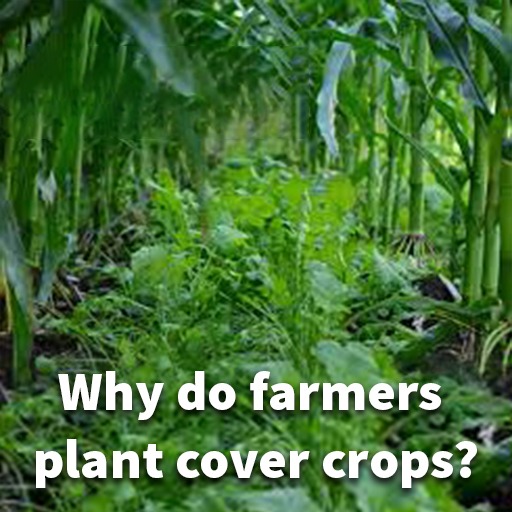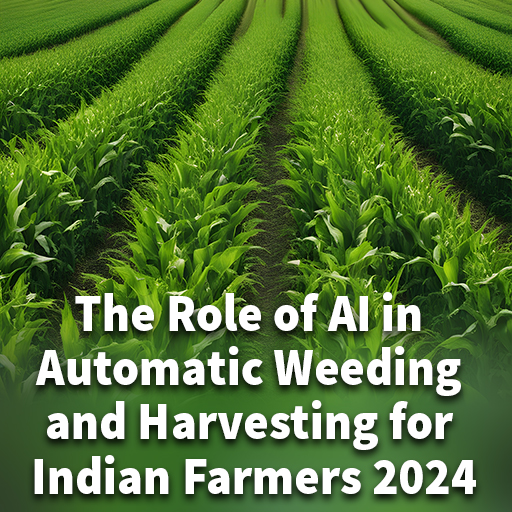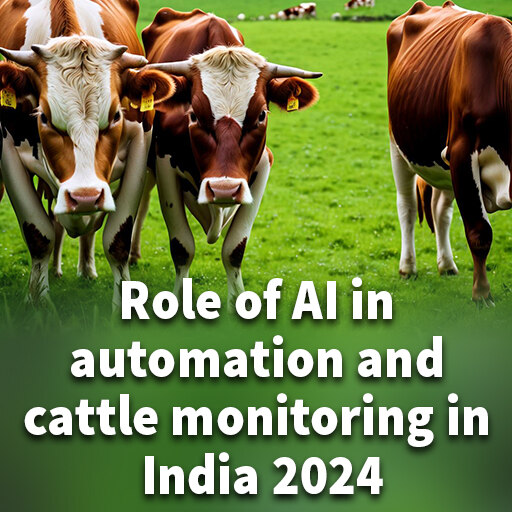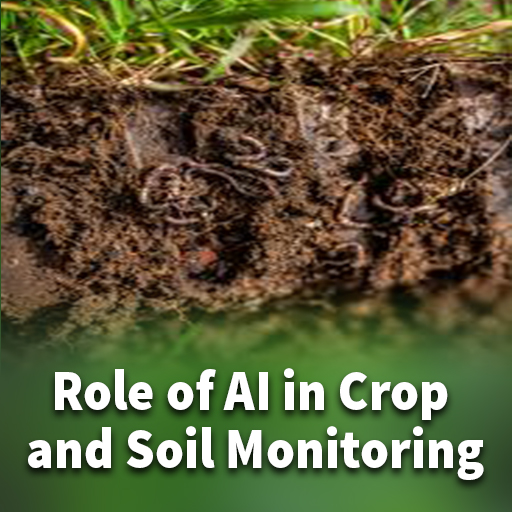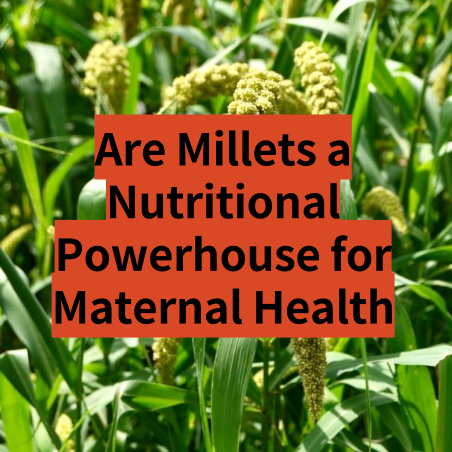Every day, farmers confront the dilemma of how to protect the land they cultivate. Farmers are committed to preserving and restoring the land for future generations by working with it every day. They know how important it is to take care of the land they cultivate because, without it, they wouldn’t be able to produce crops like maize and soybeans, which they rely on to earn a living. Cover crops are one method farmers use to protect their land.
It is becoming increasingly apparent to farmers and backyard gardeners that covering crops is crucial to their farms and crops. Cover crops are a great way to do it if you’re looking to protect your land from erosion, enhance soil health, manage pests and diseases, and boost biodiversity. They may also provide a variety of other advantages to your farm, including greater profitability.
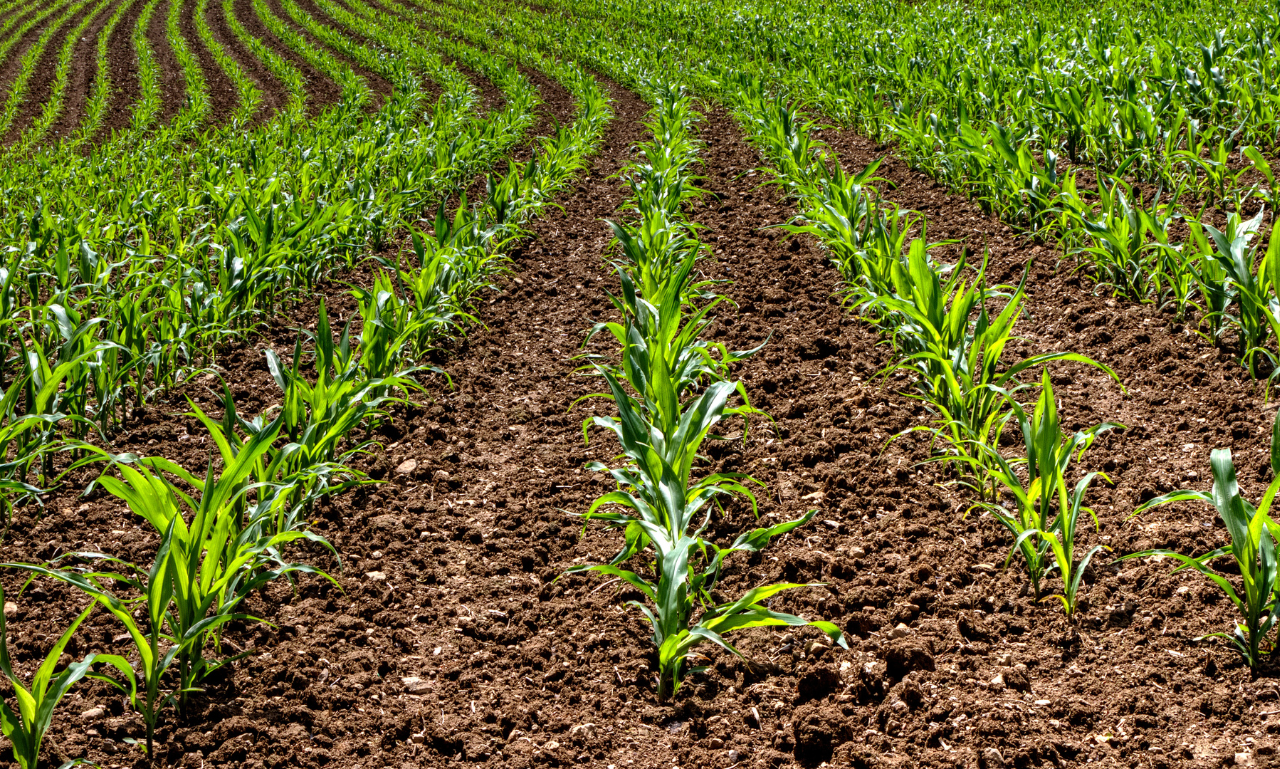
Once your primary crops have been harvested, you may plant cover crops at any time of year, and they will grow until you sow your next crop in the spring.
The objective for Cover cropping
In general, farmers that use cover crops may aim for one or more of the following outcomes:
- Grazing:
Cover crops may make the most money when they are grazed. Once soybeans are planted, hay or other fodder crops may be taken off the farm.
- Considering compactness
- Resistance to the winter
- Grow nitrogen for the next crop of corn.
- Make room for the application of manure and the storage of nutrients on the farm.
The advantages of planting cover crops
Cover cropping cover crops has several advantages, and the following are six of the most important ones for farmers.
1. Soil Erosion:
My history lesson on the Dust Bowl taught me an important lesson: leaving the earth naked is not the solution. Farming techniques should prevent the use of loose topsoil. Soil Erosion is the process through which wind and water remove soil.
We can’t restore the soil because it takes a long time to develop the organic matter that makes up Iowa’s rich topsoil. The topsoil layer is protected by growing cover crops, which stabilize the soil and prevent it from being eroded by wind and water.
2. Nutrients and their management:
Using cover crops is an excellent idea to replenish the soil’s nutrients. That’s not all; cover crops return organic materials to the soil when they degrade. Hairy vetch and winter peas, two legumes, have the potential to ‘fix’ nitrogen in the soil. Plant development needs the presence of nitrogen.
We can increase the amount of nitrogen in the soil by using specific cover crops. Cover crops have several advantages, not the least of which is their ability to improve soil nitrogen balance. It is also possible to lock up nutrients by planting non-legume cover crops (such as radishes or rye), which are not legumes. Next, let’s consider water quality.
3. Quality of the water
Farmers strive to keep nitrogen levels in the soil and nitrogen runoff under control. As a result, nitrogen runoff and other pollutants may readily enter our waterways. Some cover crops, like radishes and rye, not only help to create nitrogen but also help trap nutrients and prevent them from being washed away. In the end, cover crops serve as an additional layer of protection for fields.
4. Biodiversity
As well as bringing new plants, farmers are also introducing new interactions of all kinds of life to these areas. Protecting crops from wind and water damage, bringing in helpful insects, and attracting wildlife are some of the benefits of cover crops. Creating a habitat with a wide range of species only strengthens the web of life and opens up new horizons for it to grow.
5. Suppression of weeds
Farmers employ cover crops to help control weeds in their fields because of the reality of competition in the plant world. Cover crops’ roots penetrate deep into the ground to take advantage of any nutrients or water that may be present in the soil. Additionally, while doing so, the weeds are also being removed for the nutrients. Cover crops fight with weeds when it comes to sunshine and space above the soil. When farmers use cover crops, weeds find it difficult to compete because of the intense competition they face from cover crops.
6. Green Meadow
Cattle may be grazed on cover crops by farmers who also raise livestock. Another method for farmers to reduce feed expenditures. Some forages, such as clover, radish tops, and rye, are particularly popular with cattle. The farmer may also use the manure from his cattle’s food to fertilize his land. It’s a win-win situation since cow dung is an excellent source of fertilizer.
Challenges in cover cropping
Before making a final choice, it’s important to consider the obstacles you may face in achieving your objectives. Choosing a summer cover crop might be a difficulty because of these common challenges:
1. Lack of moisture:
August is a very dry month of the year. If no rain is expected for the next two weeks, postpone planting your crops. Cereal rye sown in September or October is an excellent backup option if there isn’t enough humidity for a summer cover crop. Alternatively, consider planting a legume as a cover crop in the early spring and then frost-seeding it to get a head start on it throughout the dry summer months.
2. Chemotransfer
Weed management with chemicals may lead to poor establishment, especially with turnips and radishes. Always check the labels before ingesting anything.
3. Controlling volunteer small grains:
To accomplish any of the objectives mentioned earlier, the tiny volunteer grains may be turned into weeds rather than “free” cover crops. This is particularly true for wheat, so a strategy for dealing with volunteer grain competition should be in place (chemical or tillage). The residue in your windrows may be so heavy if you swath your little grains that other species you attempt to establish will fail. Make sure the straw is spread out evenly to ensure that the seed is in touch with the soil and that the drill can reach the straw.
4. Weed growth:
Cover crops may be an excellent way to keep weeds at bay in your rotation, but they can also create them if they go to seed and remain in your weed seed bank after you remove them from the field. In most cases, a cover crop sown in August will be frost-killed before setting seed because of the cover crop’s life cycle. However, radishes stand apart. It will be ready to go by Oct. 1, and its seeds may continue to survive in the seed bank for 50 years. To prevent a radish weed issue in your future soybeans, prepare to graze or cut the cover crop while utilizing radishes. As a precaution, ask your seed supplier about the viability of any additional species you’re considering including in your mix.
4. Prussic acid poisoning:
Monitoring for prussic acid toxicity in the sorghum and sudangrass fields is a primary concern to keep an eye on. To avoid this danger, don’t let cows back out onto the field until at least two weeks after the first frost. To ensure the cows don’t eat the lowest 8-10 inches of the plant, move them regularly and feed nice dry hay as a supplement.
Conclusion
Thus, it is possible to enhance soil and land quality by using cover crops for various reasons. As a result, you may be wondering why not all farmers utilize cover crops. While there are advantages, there are also drawbacks. One of the main reasons farmers don’t use them is because of the high cost. Despite the current expenses, the long-term advantages may surpass the short-term expenditures. For example, adding fertilizer and controlling weeds may increase yields, and maintaining the topsoil promotes plant development. Although a farmer faces several challenges regularly, they also understand how to work toward making decisions that are best for their business and for the land they will work on moving forward. For more details visit us.

